Round concrete formwork:Wooden vs Plastic
A Comparative Analysis of Wooden vs. Plastic Circular Formwork for Concrete Construction
9/2/20254 min read
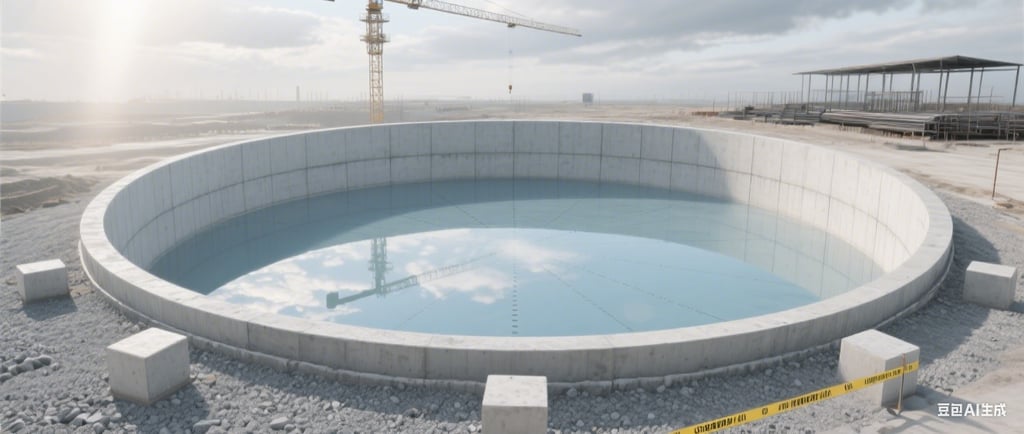

In concrete construction, round concrete formwork plays a pivotal role in shaping cylindrical structures such as columns, piers, and water tanks. Among the most commonly used materials for round formwork are wood and plastic, each with distinct characteristics that impact construction efficiency, cost, and final quality. This article provides a comprehensive comparison of wooden and plastic round formwork, focusing on four critical aspects: weight, reusability, cost, and concrete finishing quality.
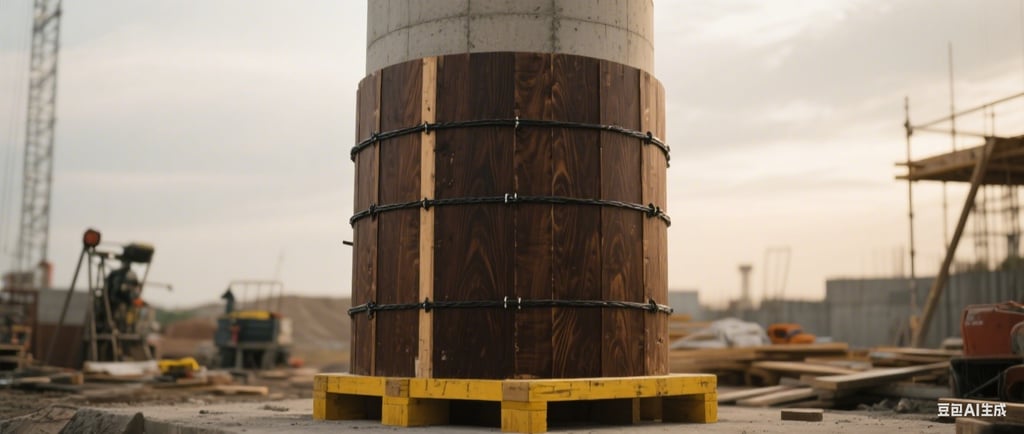

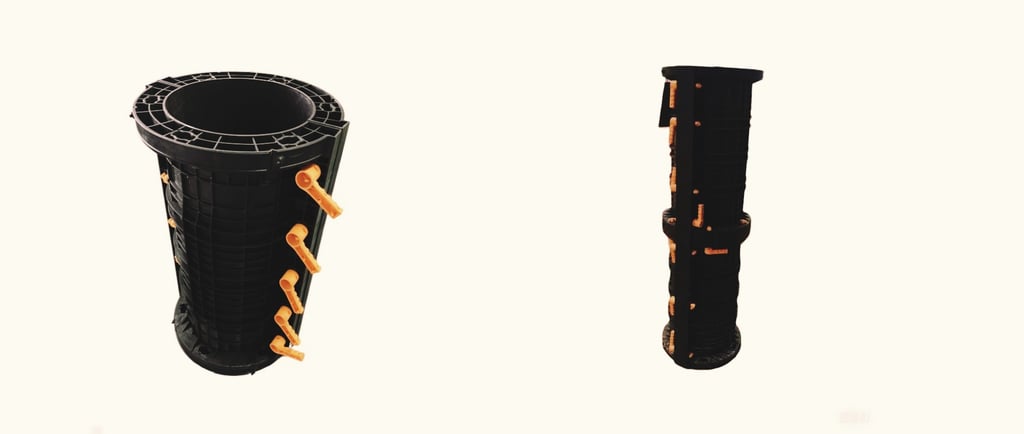

Weight: Impact on Transportation and Installation
Weight is a decisive factor influencing formwork handling, transportation costs, and on-site labor efficiency. Wooden circular formwork, typically made from plywood or solid wood panels reinforced with steel hoops, tends to be relatively heavy. A standard 1-meter-tall wooden circular formwork with a diameter of 1 meter weighs approximately 25-35 kilograms. This weight often requires mechanical assistance, such as cranes or forklifts, for transportation and installation, especially for large-diameter or tall structures. For small-scale projects with limited access to machinery, the weight of wooden formwork can increase labor intensity and extend installation time.
In contrast, plastic circular formwork, usually fabricated from high-density polyethylene (HDPE) or polypropylene (PP), offers significant weight advantages. The same 1-meter-tall, 1-meter-diameter plastic formwork weighs only 10-15 kilograms—less than half the weight of wooden alternatives. This lightweight nature allows manual handling and installation by 2-3 workers without mechanical support, reducing dependency on heavy equipment and accelerating construction schedules, particularly in narrow or hard-to-reach job sites.
Reusability: Reused Times and Durability
The number of reusable cycles directly affects the long-term economic viability of formwork. Wooden circular formwork has moderate reusability, with a typical times of 3-8 cycles. Its durability is limited by several factors: wood is prone to moisture absorption, leading to swelling, warping, or mold growth when exposed to concrete slurry or outdoor environments. Additionally, repeated assembly and disassembly cause wear to the panel edges and steel fasteners, reducing structural integrity over time. While proper maintenance (e.g., drying, painting with waterproof coatings) can extend its life to 10 cycles, wooden formwork often needs replacement after a few projects.
Plastic circular formwork excels in reusability, boasting times of 15-30 cycles, and in some cases, up to 50 cycles with proper care. Plastic materials are inherently resistant to moisture, corrosion, and chemical damage from concrete admixtures, preventing warping or degradation. The smooth surface of plastic formwork also minimizes wear during demolding, as concrete rarely adheres to it. Maintenance requirements are minimal: simple cleaning with water and mild detergent is sufficient to prepare it for reuse. This high durability makes plastic formwork a more sustainable option for long-term or large-scale construction projects.
Concrete Finishing Quality: Surface Smoothness and Precision
The final appearance and precision of concrete structures depend heavily on formwork quality. Wooden circular formwork often produces uneven surfaces due to the natural grain of wood and potential gaps between panels. Even with careful assembly, wooden panels may absorb moisture from the concrete, causing slight shrinkage or surface blemishes. The resulting concrete typically requires post-processing, such as sanding, plastering, or painting, to achieve a smooth finish—adding time and labor costs. Moreover, wooden formwork may not maintain strict dimensional accuracy after repeated use, leading to minor deviations in the circular shape.
Plastic circular formwork delivers superior concrete finishing quality. Its smooth, non-porous surface ensures that concrete adheres minimally, resulting in a sleek, uniform finish that often meets fair-faced concrete standards. The tight interlocking design of plastic panels eliminates gaps, preventing concrete leakage and surface defects like honeycombs or air bubbles. Plastic also maintains dimensional stability over multiple cycles, ensuring consistent circular geometry for each structure. This high precision reduces the need for post-construction finishing, saving both time and material costs.
Conclusion
The choice between wooden and plastic circular formwork depends on project-specific needs, budget constraints, and long-term goals. Wooden formwork remains a viable option for short-term, small-scale projects where low initial cost is prioritized. However, plastic formwork offers clear advantages in weight efficiency, reusability, lifecycle cost, and concrete finishing quality—making it the preferred choice for large-scale, long-duration projects that demand durability and cost-effectiveness. As construction industries increasingly focus on sustainability and efficiency, plastic circular formwork is poised to gain wider adoption, while wooden formwork will continue to serve niche applications where its affordability is most valuable.
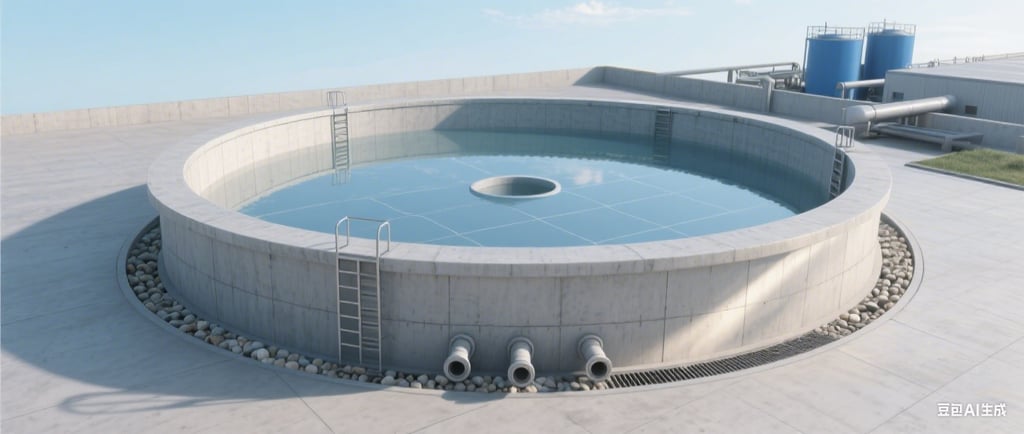

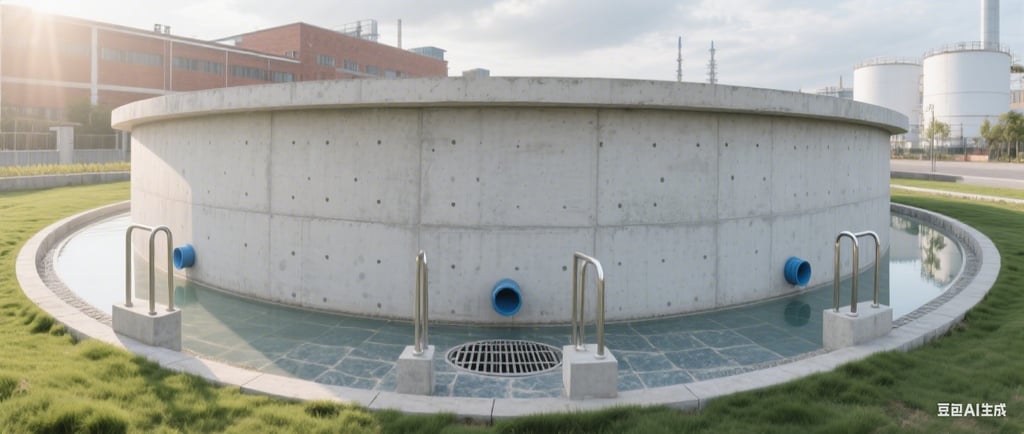

Cost: Initial Investment vs. Lifecycle Expense
Cost considerations involve both upfront purchase prices and long-term lifecycle costs. Wooden circular formwork has a lower initial cost, typically ranging from 15to30 per square meter. This affordability makes it attractive for short-term projects, small contractors, or one-time use scenarios, such as temporary columns or small-diameter structures. However, when factoring in lifecycle costs—including frequent replacements, maintenance expenses, and labor for repeated installations—the total cost per cycle can rise to 5−8 per square meter.
Plastic circular formwork requires a higher initial investment, with prices ranging from 40to70 per square meter. While this may deter budget-constrained projects initially, its high reusability drastically reduces lifecycle costs. Calculated over 20 cycles, the average cost per use drops to 2−3.5 per square meter—nearly half that of wooden formwork. For projects requiring multiple cycles (e.g., high-rise building columns, bridge piers), plastic formwork proves more cost-effective in the long run. Additionally, its lightweight design reduces transportation and labor costs, further enhancing its economic advantage.
